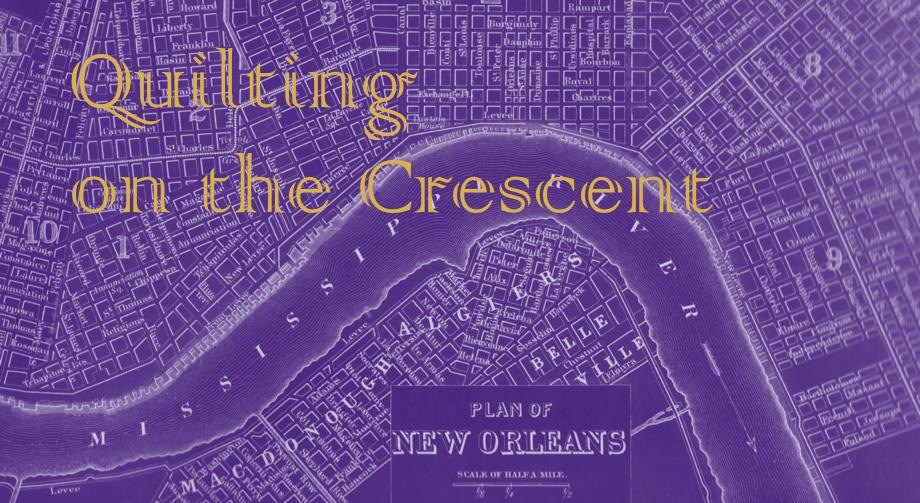One of my goals for this weekend was to get caught up on
Grandmother's Choice blocks. All my recent non-quilting activities caused me to neglect making the weekly blocks in this quilt-along.
My neglect of GMC blocks goes back to week 8 -
Rocky Road to Kansas. This block was essentially a repeat of one of the first blocks in the series - Amethyst. The difference in the two blocks is that RRtK is traditionally made with string piecing. I didn't feel any love for string-piecing on such a small scale (4" sections), so I decided to use a stripe fabric instead.
I hand-pieced the
Amethyst block, but decided to try something different this time around. I've had success with a paper-piecing technique I learned in a class with quilter
Eileen Sullivan many years ago. She was a big fan of a product called Grid Grip - essentially freezer paper with quarter inch grid printed on it.
I still had a package of Grid Grip from a previous project, but I wanted to make sure it was still available before I started blogging about how wonderful it is. I found it for sale on the
Prym website, but I'm sure it is available through other vendors.
The beauty of Grid Grip is you get the accuracy of paper piecing without having to rip off the paper after stitching through it! I thought I would share how I made my Rocky Road to Kansas block using this technique.
First I drafted the block directly on to the paper side of the Grid Grip. In this case, I drafted each quarter of the Rocky Road block (I drew 4 of these blocks). When using this technique, draft the finished size of the block - seam allowance will be added when cutting the fabric. Then carefully cut out each piece of the block to create templates.
Iron the templates (grid side up, shiny side down) to the wrong side of your fabric. You can use a ruler and rotary cutter to cut out the template shapes, or you can just eyeball a quarter-inch seam and cut with scissors. I prefer to use a ruler as it makes sewing the pieces together just a little easier.
The block components - with the paper templates still attached, laid out next to the sewing machine ready for stitching.
Pin the pieces together using the edge of the paper template as a seam guide - similar to pinning pieces together for hand piecing. Use the edge of the paper as the stitching line.
Using your stiletto may help guide the pieces accurately.
Block pieces stitched together and pressed. I leave the paper templates on the blocks until I'm finished piecing the entire quilt. It helps the blocks keep their shape and provides an accurate seam line for joining all the blocks together.
Block sections from the "right" side.
Two sections joined together. I pressed the seams open to decrease bulk.
I'm pretty happy with the final result, at least in terms of accuracy. My stripes could be a little more obvious; maybe I'll make another block with a different striped fabric, or maybe I'll get ambitious and string-piece those little 4" cones!
I enjoyed re-visiting this technique - it's been some time since I've used it. Not only is it good for paper-piecing, it's great for getting really accurate pieced borders. I hope you'll try it and add it to your quilting arsenal!










































